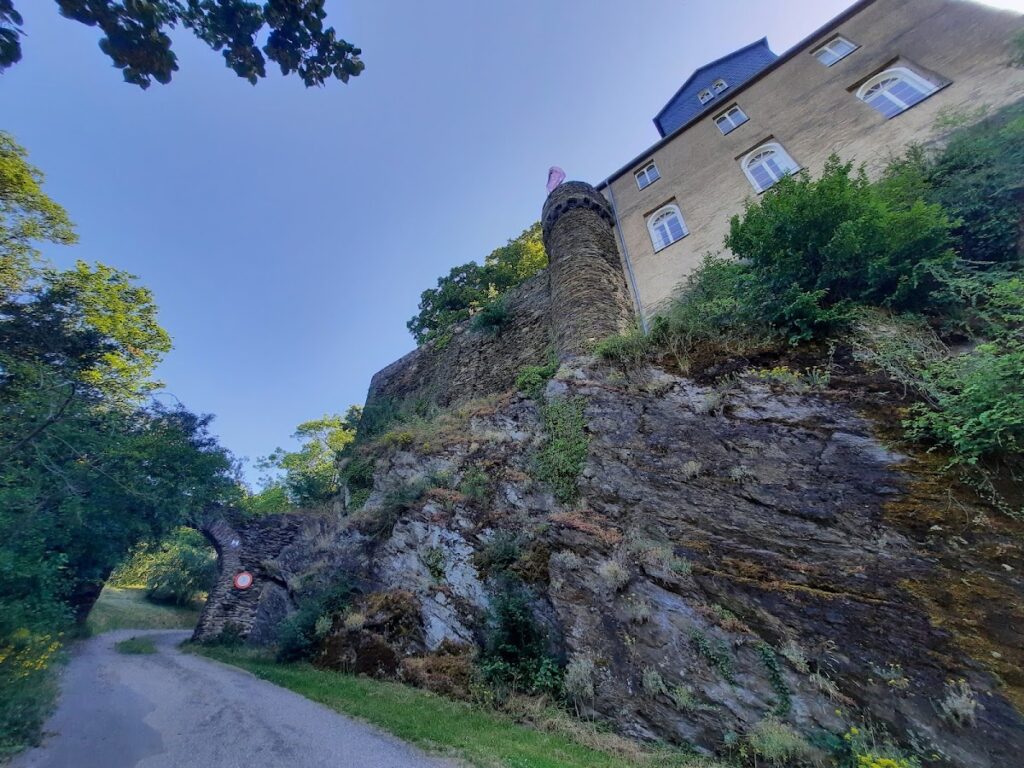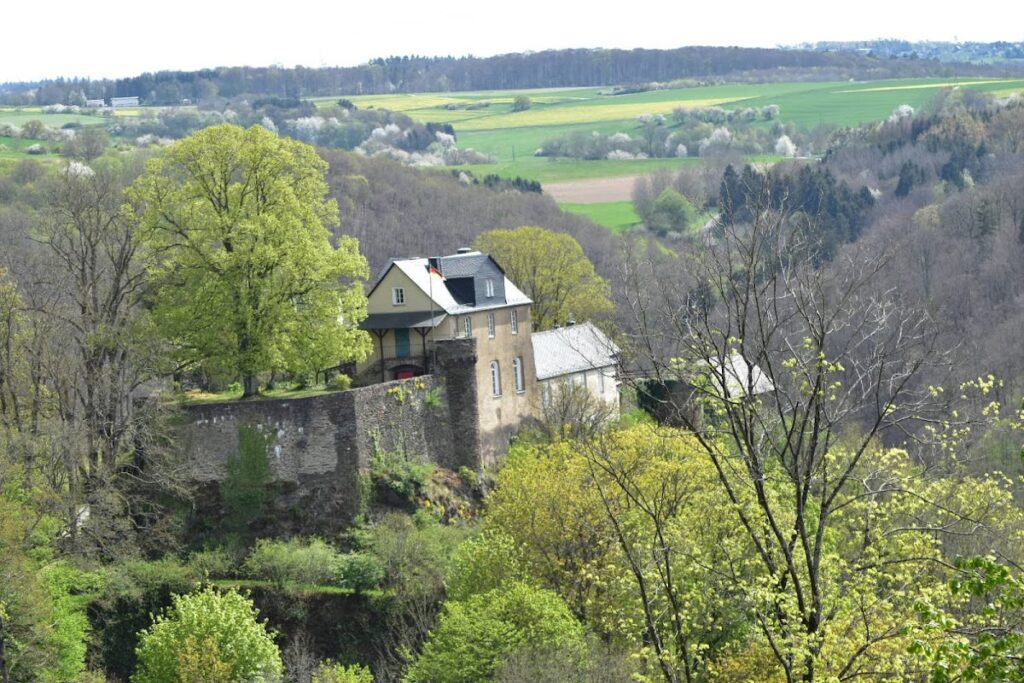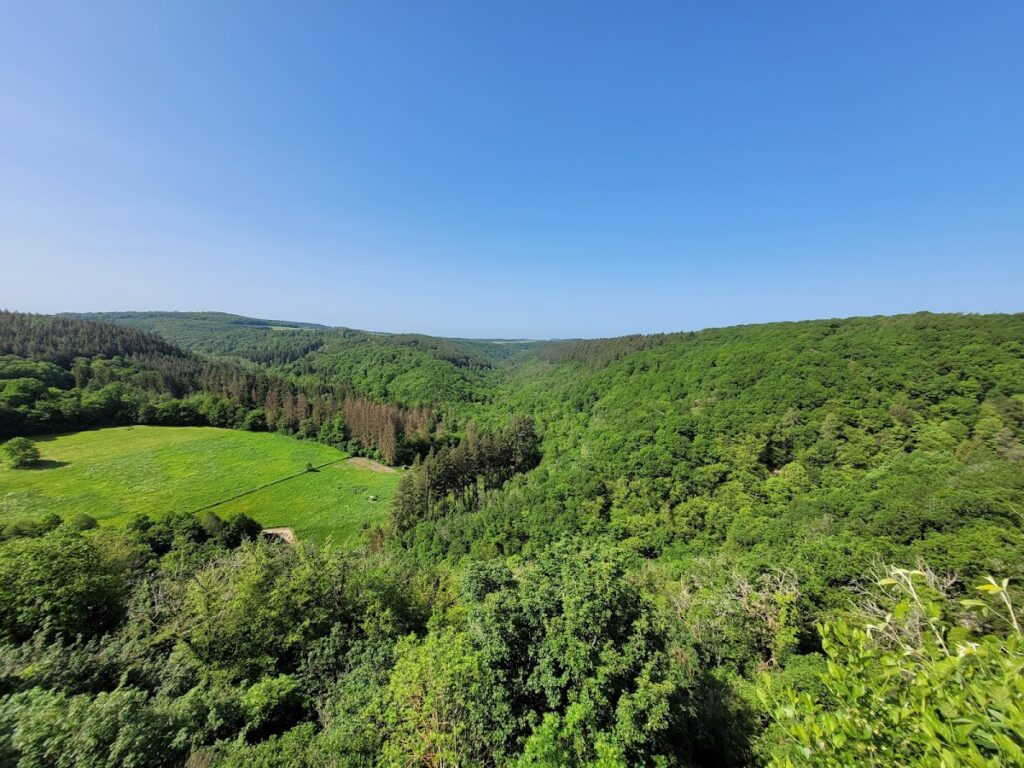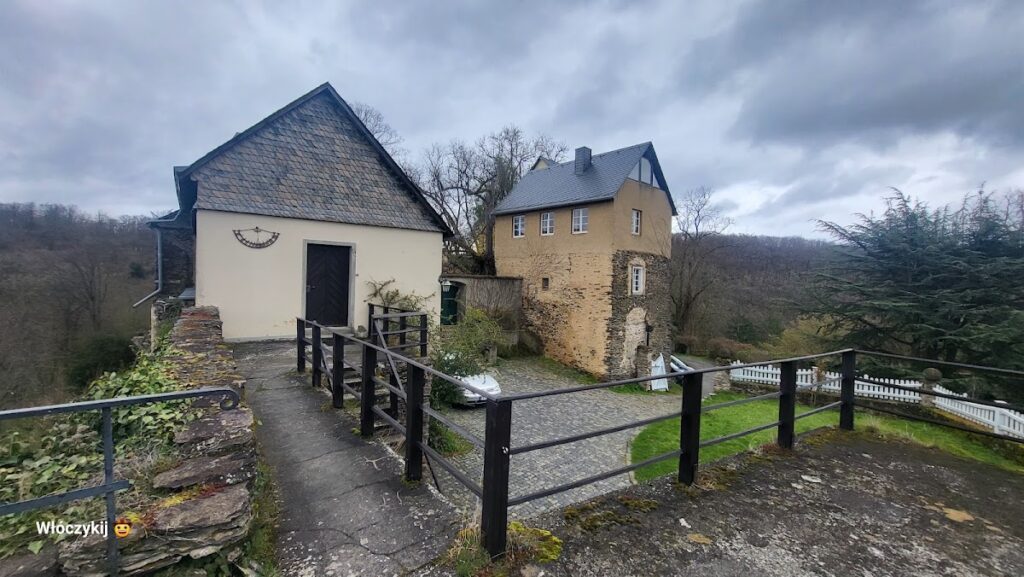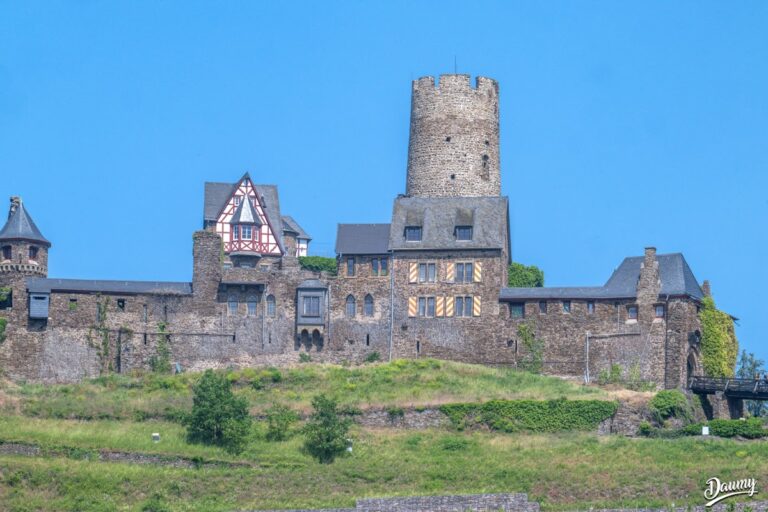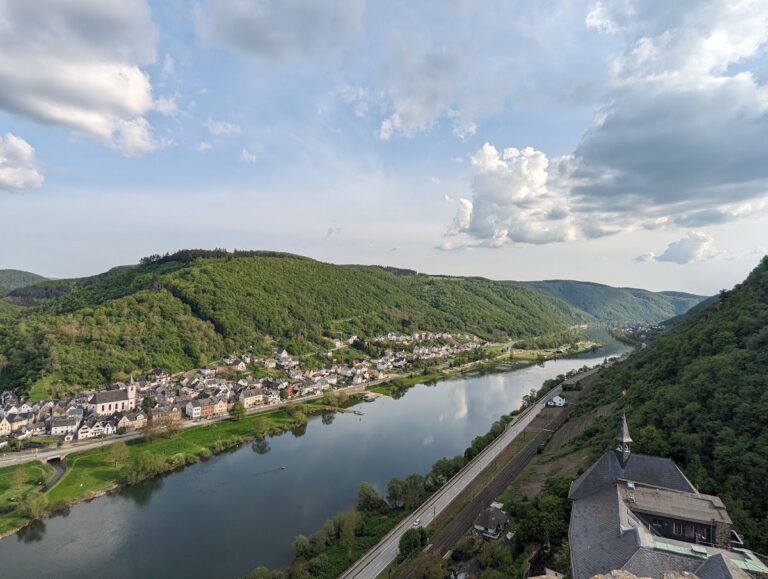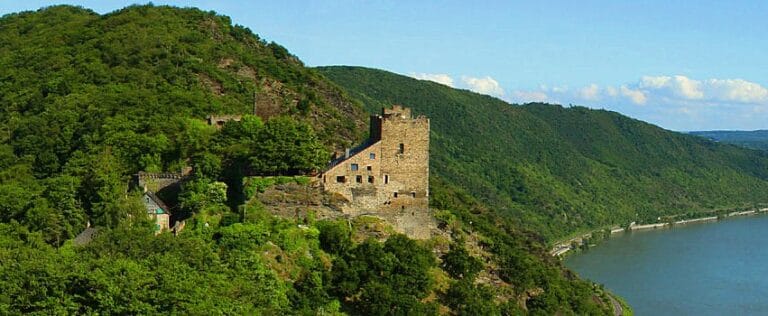Schloß Schöneck: A Historic Medieval Castle in Boppard, Germany
Visitor Information
Google Rating: 4.3
Popularity: Very Low
Google Maps: View on Google Maps
Official Website: www.schloss-schoeneck.de
Country: Germany
Civilization: Unclassified
Remains: Military
History
Schloß Schöneck is a historic castle situated in the municipality of 56154 Boppard, Germany. While the precise origins of the castle’s construction are not detailed in the available sources, it is understood to be part of the medieval heritage of the region within modern Germany.
The castle occupies a prominent position at an elevation of 265 meters in a landscape marked by hills to the north and flatter lands to the south. This location would have offered strategic advantages typical for fortifications built by medieval European societies. The surrounding dense mixed forests and moderate population density may have influenced both its role and occupancy throughout history.
No documented records point to specific rulers, conquests, or administrative functions directly connected to Schloß Schöneck. Likewise, there are no recorded legends or myths tied to the site in the historical material consulted. Its proximity to Koblenz, a significant town some 18.4 kilometers north, suggests it existed within a network of settlements and defenses typical of the region, but no particular military or political events at Schloß Schöneck are recorded.
Remains
Archaeological investigations conducted at Schloß Schöneck have not produced detailed descriptions of the castle’s architectural layout, construction techniques, or building materials. The site is situated amidst a hilly and forested environment, with the nearby highest elevation reaching 365 meters just over a kilometer to the north, which may have influenced the castle’s placement and preservation.
Due to the limited documented archaeological data, there is no conclusive evidence describing specific structural components such as gates, staircases, or decorative elements that survive in situ. Similarly, no inscriptions, dedications, or artifacts including tools, pottery, or religious objects have been reported from excavations associated with the castle.
What can be confirmed is the castle’s location within a natural setting marked by mixed forests and moderate human settlement, indicating a landscape that remained relatively unchanged over time. The physical remains are therefore understood primarily through the site’s geographic context rather than detailed architectural or material evidence from archaeological study.
